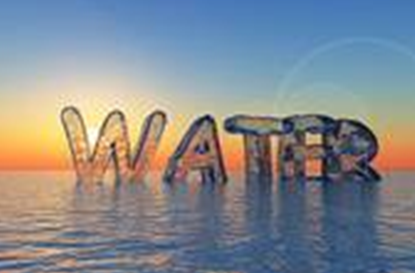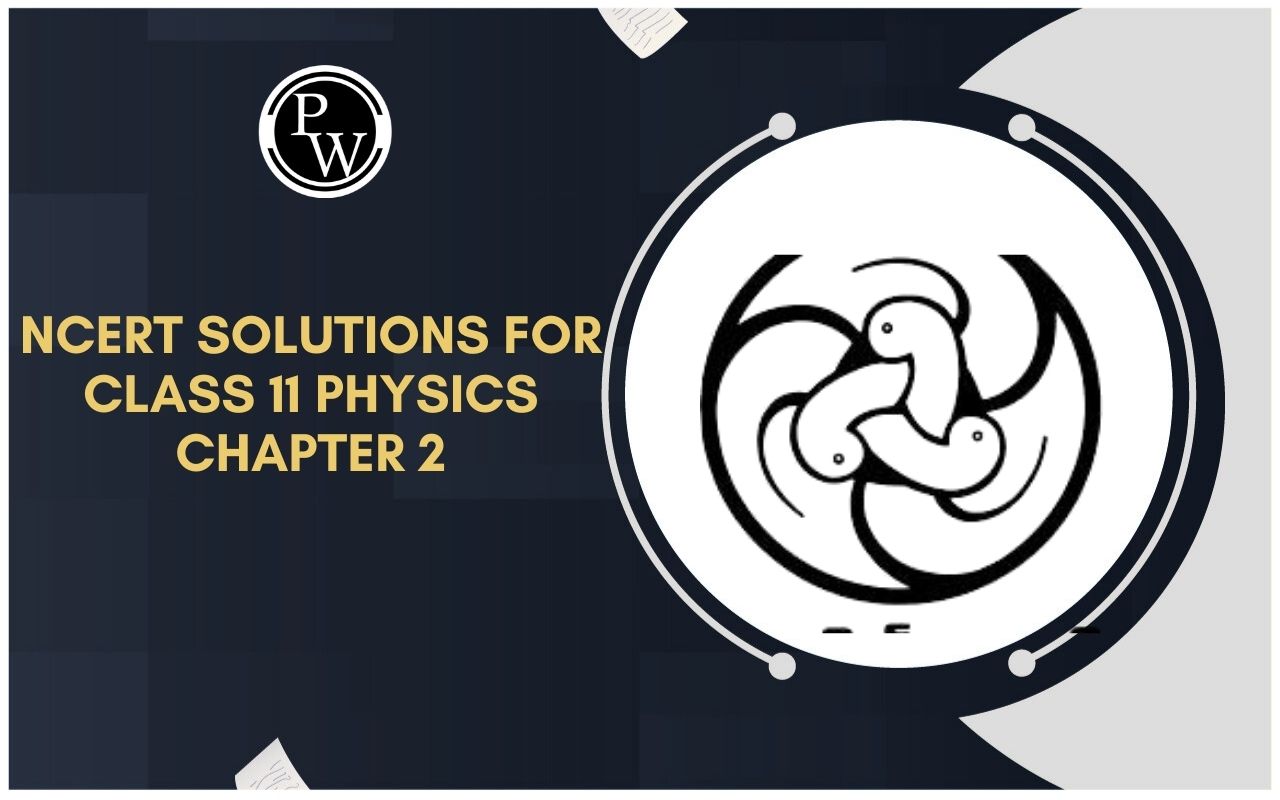
Public Facilities and the Government Role
Water and the People of Chennai of Class 8
Public Facilities
Like water, there are other essential facilities that need to be provided for everyone. Such facilities consists of healthcare, sanitation, electricity, public transport schools and colleges. These are known as public facilities.
The important characteristic of a public facility is that once it is provided; its benefits can be shared by many people.
The supply of electricity to an area can be useful for many people : farmers can run pumpsets to irrigate their fields, people can open small workshops that run on electricity; students will find it easier to study and most people in the village will benefit in some way or the other.
The Government's Rule
One of the most important functions of the government is to ensure that public facilities are made available to everyone.Private companies operate for profit in the market. In most of the public facilities, there is no profit to be had. A private company will probably not be interested in undertaking such work. For some public facilities such as schools and hospitals, private companies may well be interested.
In Cities, private companies supply water through tankers or drinking water in sealed bottles. In such cases, private companies provide public facilities but at a price that only some people can afford. This facility is not available to all at an affordable rate.
Public facilities relate to people's basic needs. Any modern society requires that these facilities are provided so that people's basic needs are met. The Right to Life that the Constitution guarantees is for all persons living in this country. The responsibility to provide public facilities, therefore, must be that of the government.
Supply of Water in Cities
The Jal Board or Water Board, which enters the municipal area in the city, delivers private water supply to the cities. Municipal services meet the needs of only about half of the city's population, areas close to the reservoir receive more water, and the remote regions receive less water.
According to the Urban Water Committee, the average person in the city needs at least 135 gallons [135 L] of water a day to be healthy. But a slum peoples receive only 20 gallons [20 L] of water a day. Leaking pipes will increase the problem. The municipality, however, is also making arrangements for safe drinking water Tankers.
Many people also dig boreholes and install water pumps to compensate for the lack of water but lower the water level in the area. Since municipal water shortages are seen as a sign of government failure, some people say to allow private companies, as they say, private companies can do better.
Where does the Government get money for public facilites?
In the budget, the government announces the various ways in which it plans to meet these expenses. The main source of revenue for the government is the taxes collected from the people, and the government is empowered to collect these taxes and use them for such programmes. For instance, to supply water, it meets expenses partly from the various taxes that it collects and partly by charging a price for water. This price is set so that most people can afford a certain minimum amount of water for daily use.

Frequently Asked Questions (FAQs)
Q1. What is the role of providing public facilites?
Ans . Public facilities are the facilities which are provided to the people by government. They are most important to maintain and lead a comfortable life. For example, water facility and transport.
Q2. Where does government get money for public facilities?
Ans . The main source of income or government revenue is taxes. People gives the taxes, and the government collects taxes and apply them to government programs and programs or to provide various public services.
Q 3. Who is responsible for providing public facilities?
Ans . Government has a responsibility to provide social services as these are very important and necessary for people to live their daily lives. The provision of public services must be accessible to all as it requires significant investment.
Q4. Where can I get NCERT Solutions for Class 8?
Ans . You can find NCERT Solution for Class 8 on our site. You can also access the NCERT Solutions for every class on our website.









